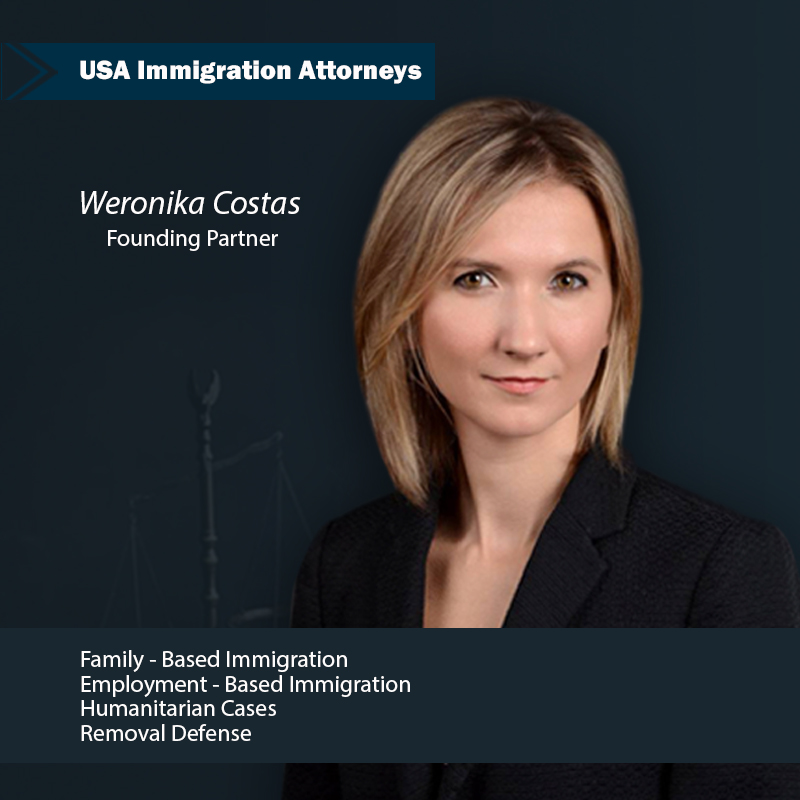Introduction
In your pursuit of safety and a new beginning in the United States, the journey can often feel overwhelming. Amidst the complexities of immigration laws and procedures, there’s a beacon of hope and guidance: the CBP One app.
The CBP One app is a mobile application developed by U.S. Customs and Border Protection (CBP). It serves as a centralized platform for various services and functions related to the U.S. border and customs processes. Key features of the CBP One app include:
Facilitating Travel and Trade: The app provides tools and information for travelers and commercial entities engaging in cross-border activities. This includes processing travel documents and managing cargo and trade-related information.
Asylum Requests: One of the notable functions of CBP One is to assist individuals seeking asylum. It allows asylum seekers to submit their information and schedule appointments at ports of entry. This streamlines the process and reduces the physical queues at border crossings.
User-Friendly Interface: Designed to be accessible and easy to navigate, CBP One guides users through various processes with clear instructions and intuitive design.
Information and Updates: The app provides up-to-date information about border crossing requirements, wait times, and other relevant details that are essential for travelers and trade entities.
Enhanced Security: It includes features aimed at enhancing border security, such as verifying travel documents and identity verification processes.
The CBP One app is part of the broader effort by U.S. Customs and Border Protection to modernize and streamline border management and security operations. It reflects the growing trend of using digital solutions to manage complex processes in the realm of immigration and border control. By providing a centralized digital platform, CBP aims to improve the efficiency of border crossings for travelers and traders, while also ensuring robust security measures are in place.
Designed to streamline the process of requesting political asylum at the U.S. borders, this tool is a critical ally for those seeking refuge.
Understanding Political Asylum
Political asylum is a form of protection granted to individuals who have fled their home country due to fear of persecution based on their political beliefs, activities, or affiliations. This concept is rooted in international law and human rights principles, and it’s a critical aspect of many countries’ immigration policies, including those of the United States. Here’s a more detailed look at various aspects of political asylum:
Definition and Basis
Persecution Fear: Political asylum is available to individuals who have a well-founded fear of being persecuted in their home country. This fear must be based on the individual’s political opinion, which can include beliefs, expressions, or affiliations that are not tolerated by their home government or non-governmental groups in control.
International Law: The principles of political asylum are embedded in various international treaties and conventions, such as the 1951 Refugee Convention and its 1967 Protocol. These documents define who is a refugee, their rights, and the legal obligations of states to protect them.
Eligibility Criteria
Nature of Persecution: Eligibility for political asylum requires evidence of persecution or a credible threat of persecution. This can include threats to life or freedom, imprisonment, torture, and other forms of severe discrimination or harassment due to political views.
Government Involvement: The persecution must be carried out by the government or by groups that the government cannot or will not control.
No Safe Haven: Applicants must prove that they cannot find safety anywhere else in their home country.
Application Process
Filing for Asylum: In the United States, individuals can apply for asylum with the U.S. Citizenship and Immigration Services (USCIS) or, if in removal proceedings, with the Executive Office for Immigration Review (EOIR).
Credible Fear Interview: Often, the first step in the asylum process involves a ‘credible fear’ interview, where the applicant must demonstrate a significant possibility of persecution if returned to their home country.
Documentation and Evidence: Applicants must provide detailed accounts and, where possible, supporting evidence of their experiences and the risks they face.
Legal Rights and Restrictions
Right to Legal Representation: Asylum seekers have the right to be represented by an attorney, but unlike in criminal cases, the government does not provide one at its expense.
Work Authorization: Asylum applicants may be eligible for work authorization in the U.S. while their application is pending, subject to certain conditions and waiting periods.
No Detainment Guarantee: Applicants may be subject to detention, depending on their situation and the policies in place at the time of their application.
Challenges and Considerations
Proving the Asylum Claim: The burden of proof is on the asylum seeker to demonstrate their eligibility. This can be challenging, especially for those lacking concrete evidence due to the nature of their escape.
Varied Outcomes: Decisions on asylum applications can be significantly influenced by the specifics of each case, the adjudicating officer or judge, and the current political climate.
Long Waiting Times: The asylum process can be lengthy, often taking several years, during which applicants may face uncertainty and limited rights in the host country.
Political asylum is a critical lifeline for individuals facing persecution due to their political beliefs or activities. It is a complex process, requiring a thorough understanding of both international law and the specific regulations of the asylum country. For many, it represents a path to safety and a new life, but it comes with its own set of challenges and uncertainties.
Now let’s see how the CBP One app can help you during this process:
CBP One App
In this digital age, technology plays a pivotal role in simplifying complex procedures. CBP One, an app developed by U.S. Customs and Border Protection (CBP), is designed to assist individuals like you at various stages of the immigration process, particularly in requesting political asylum.
Accessible and user-friendly, CBP One serves as a digital guide, providing crucial information and facilitating the necessary steps to request asylum. Its role is to make your journey a bit more navigable, offering clarity amidst a sea of legalities and paperwork.
Step-by-Step Guide to Using CBP One
- Download and Setup: First, download CBP One from your smartphone’s app store. Once installed, create an account using a valid email address. Ensure your contact information is accurate, as this will be used for all communications.
- Selecting Services: Upon logging in, you’ll find various services offered by the app. Choose the option related to asylum requests. This will lead you to a section specifically designed for individuals seeking asylum.
- Filling Out Details: The app will prompt you to fill in personal details and the specifics of your asylum request. Be thorough and truthful. Any misinformation can adversely affect your application.
- Scheduling Appointments: CBP One allows you to schedule appointments at designated ports of entry. This feature is crucial as it helps manage the flow of asylum seekers and reduces wait times.
- Uploading Documents: If required, upload any documents that support your asylum claim. This could include identity documents, evidence of persecution, or other relevant paperwork.
- Staying Informed: The app will provide updates on your application status and appointment details. Keep notifications on to stay informed.
- Attending the Interview: On the day of your appointment, ensure you arrive on time and have all necessary documents with you. This interview is a critical step in your asylum process.
While CBP One is a valuable tool, it’s essential to remember the legal intricacies of the asylum process. You have the right to seek legal counsel, and it’s often advisable to do so.
Tips and Advice
- Stay Updated: Immigration laws and procedures can change. Regularly check for updates and seek current information.
- Keep Documents Safe: Store all your important documents in a secure yet accessible place.
- Be Patient: The process can be lengthy, but patience and persistence are key.
Conclusion
The journey to safety and a new life in the United States is fraught with challenges, but tools like CBP One are here to help navigate these turbulent waters. Remember, seeking asylum is your right, and understanding how to effectively use available resources can make all the difference in your journey.
Our Lawyers at Costas Network are specialized in immigration law and can provide guidance tailored to your specific case, increasing the likelihood of a successful outcome.



